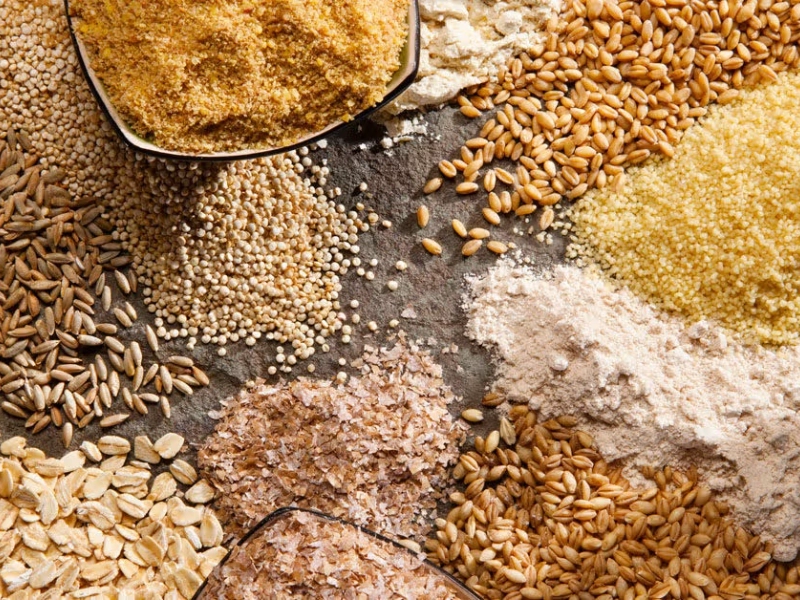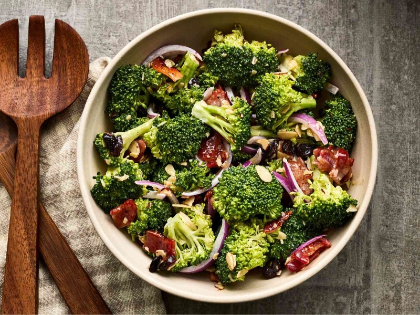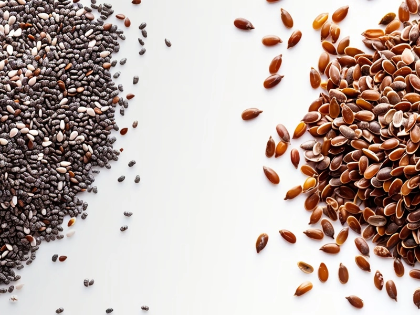The Anti-Inflammatory Properties of Certain Grains
Gaining Knowledge on Inflammation
The body's immune system naturally responds to damage or infection via inflammation. Although healing depends on acute inflammation, persistent inflammation can cause a variety of medical problems including autoimmune diseases, diabetes, and heart disease. Managing inflammation mostly relies on diet, thus some grains have anti-inflammatory effects that might help reduce these risks. Including these grains into a balanced diet could help general well-being and health.
Whole Grains: Their Function
Whole grains are those having all elements of the grain kernel, including endosperm, germ, and bran. Whole grains keep their nutritional content and offer vital minerals, vitamins, and fiber unlike refined grains. Studies show that whole grains might help lower bodily inflammation. Their high fiber content advances intestinal health, which is intimately related to inflammatory levels. A good gut flora can control immune system reactions and lower inflammation.

Oats and Their Uses
Among the most often used anti-inflammatory cereals are oats. Beta-glucans, a kind of soluble fiber, are present in them and have been demonstrated to reduce levels of C-reactive protein (CRP), a body's indicator of inflammation. Consuming oats regularly can help lower cholesterol and strengthen heart function. Furthermore, high in antioxidants are oats, especially avenanthramides, which have anti-inflammatory and anti-itching qualities. One great approach to take use of oats' health advantages is including them into breakfast or snacks.
Anti-Inflammatory Grain: Brown Rice
Another really good whole grain with anti-inflammatory qualities is brown rice. Brown rice is more wholesome than white rice since it keeps its bran and germ. Rich in magnesium, which has been connected to reduced inflammation, it also includes phenolic substances with antioxidant properties, which help the body fight oxidative stress. Changing refined grains for brown rice in meals can improve general nutritional intake and help with anti-inflammatory actions.

Quinoa: A Dietary Powerhouse
Given its remarkable nutritional profile, quinoa is sometimes hailed as a superfood. Gluten-free and high in protein, fiber, and important amino acids, this ancient grain contains rich antioxidants, quercetin and kaempferol—which have been demonstrated to lower inflammation. Its great magnesium concentration also helps the body to produce less inflammatory signals. A flexible supplement to a good diet, quinoa can be eaten as a side dish, salad, or bowl accompaniment.
Barley and Its Medicinal Qualities
Consumed for thousands of years, barley is a complete grain with recognized health advantages. One kind of soluble fiber it contains is beta-glucan, which has been demonstrated to lower inflammation and enhance heart function. Antioxidants abound in barley as well; lignans in particular assist to decrease cholesterol and ease inflammation. Including barley into salads, stews, or soups offers a filling and healthy dinner choice.

Millet: Unappreciated Grain
Less well-known but yet deserving of greater study for its anti-inflammatory qualities is millet. This gluten-free grain is nutritious since it is heavy in minerals, vitamins, and fiber. Antioxidants included in millet can assist the body to lower oxidative stress and inflammation. Its adaptability lets it be used in many meals, from porridge to pilafs, therefore adding great value to a balanced diet.
Cooking Techniques: Their Value
The method grains are cooked can affect their anti-inflammatory action. Cooking techniques such as boiling, steaming, or soaking help grains to be more digestible and nutrients available. For instance, soaking grains helps to lower phytic acid, which can stop mineral absorption. Furthermore, improving their health advantages is mixing grains with anti-inflammatory foods such as vegetables, herbs, and good fats.

Developing a Meal Plan Designed Against Inflammation
Including anti-inflammatory grains into your diet can be easy and even tasty. First, replace processed grains with whole grains such as quinoa, barley, millet, brown rice, and oats. Try to have many of these grains in your meals throughout the week. To make balanced and nutrient-dense meals, team them with lean proteins, vibrant vegetables, and good fats. Meal planning based on these grains will enable you to enjoy a varied diet but still reap their anti-inflammatory properties.
Anti-Inflammatory Grains: An Overview
Some grains have strong anti-inflammatory qualities that would help general health: oats, brown rice, quinoa, barley, and millet. These whole grains offer vital minerals, fiber, and antioxidants meant to lower inflammation and boost a strong immune system. Including these grains in your regular diet can help you to improve your health and maybe reduce the chance of chronic inflammatory diseases. Using a range of whole grains improves meals and supports a holistic approach to wellness.









